In our last post, we discussed the different features to consider when purchasing a barcode scanner. This post will look at the five main types of scanners. We’ll go over the pros and cons of each, the ideal work environment, and other notable aspects.
Keep in mind that this is not an exhaustive list, as this list only includes five main types. Your search for a barcode scanner may be able to find scanners with overlapping functions. The Clear Spider team has created a table with our favorite barcode scanners of each of these types to compare traits and functionality.
Mobile Computer Scanners
Mobile computer barcode scanners have an operating system installed onto the device. They can connect wirelessly to WiFi for real-time barcode scanning. Typically, mobile computer scanners can also wirelessly connect with devices through Bluetooth. As a result, your scanner can pair with other devices to transfer data to your systems.
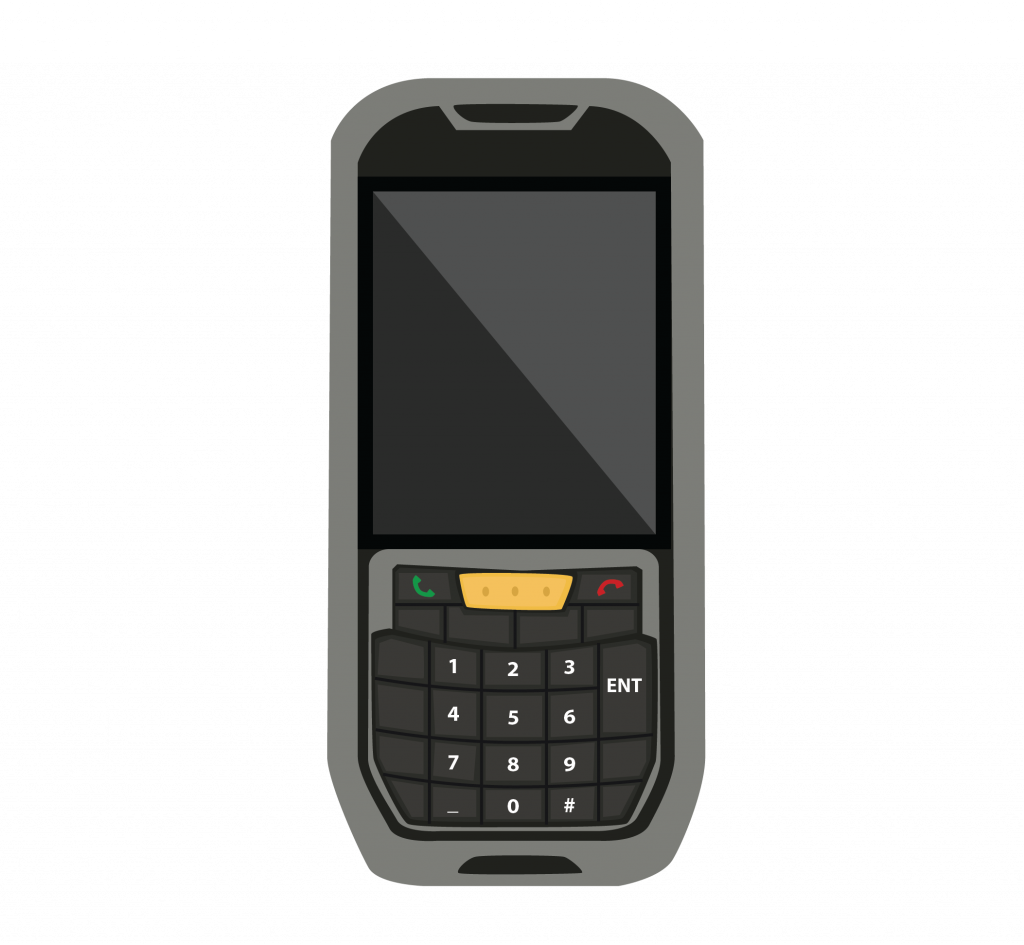
Additionally, mobile computers can have the capabilities of mobile smart phones. These are able to connect to mobile networks and transmit data through mobile data connections. As a result, they are great for work in the field since they can transmit through data.
Another advantage is that they are great for collecting data in real time, keeping your system up-to-date. However, the extra functionality these scanners include raises the price tag. Mobile computers can retail anywhere from $800-$1,800.
This type of scanner is suited for almost any work environment, whether your employees are in the field or working in rough industrial areas. Be sure to check out durability and the environmental conditions it operates in before making a purchase.
Also, mobile computers can push and pull info with your cloud-based inventory management system. Your employees are easily able to view, edit, and adjust orders and data in the system. This is beneficial for employees to quickly look up stock locations, make adjustments, place orders and perform other tasks straight from their scanning device.
Smartphone Sled Scanners
Smartphone, or Sled scanners, are barcode scanners that attach onto your phone so you can use it so scan. Most modern smartphones can scan barcodes through the camera. However, they are not designed for this task exclusively. As a result, scanning is slow, inefficient and difficult. This is why Sled scanners, which attach like a phone case, are a great option for optimizing the phone’s scanning capability.
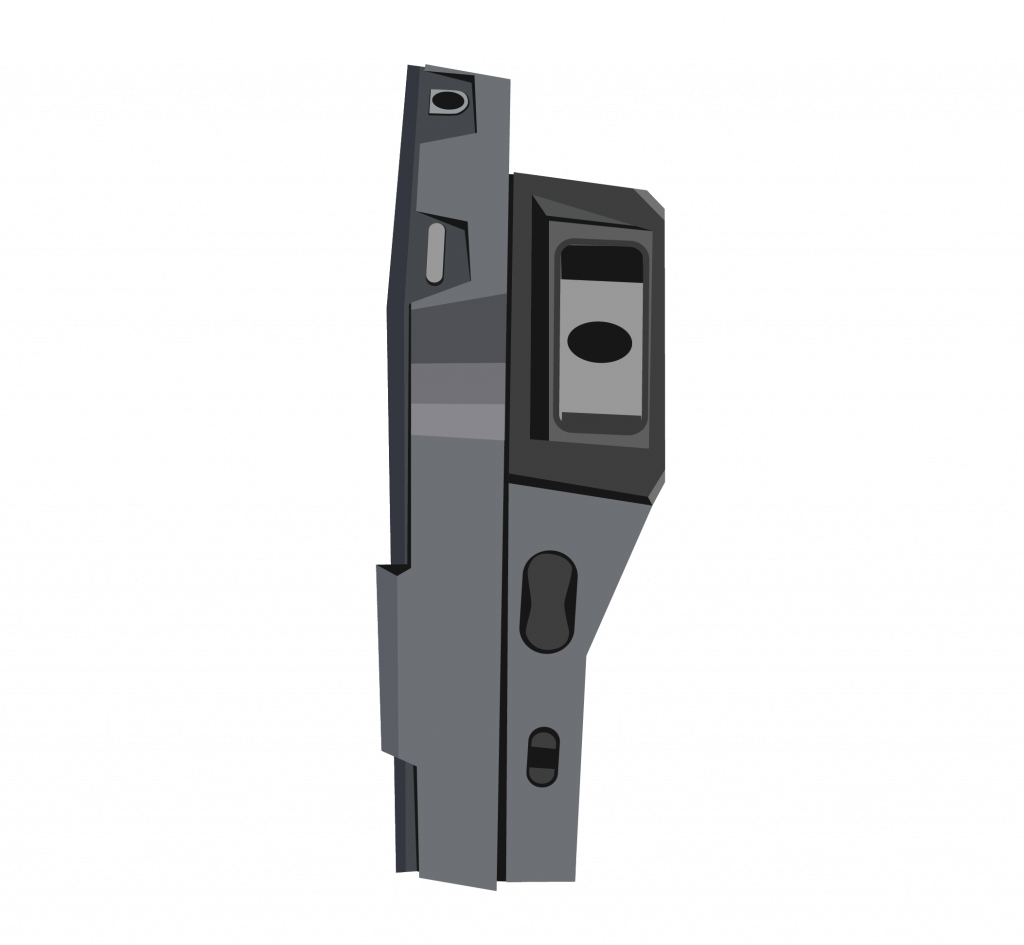
These scanners are not as powerful as Mobile computers, but are a significantly cheaper option for real-time barcode scanning. They range from $200-800 in price. Sled scanners are great for sporadic use throughout a work day. Like the mobile computers, they have access to mobile networks, data, and WiFi connections. They can also push and pull information to your cloud-based inventory system. Sled scanners are wireless, extremely portable and light.
However, if your employees need to scan hundreds of items a day, this scanner is not the best option. This is because it is not as quick or efficient as other standalone scanners. Another disadvantage of the Sled scanner is their inability to operate in extreme or rough enviroments.
Bluetooth Companion Scanners
Companion barcode scanners work with laptops, tablets, or smart phones to collect data and enter through single transactions or batches. Companion scanners do not physically attach, but pair with them through a Bluetooth connection. However, there are no display screens to view items as they scan. After scanning, you will be able to view or edit the data on the pair device.
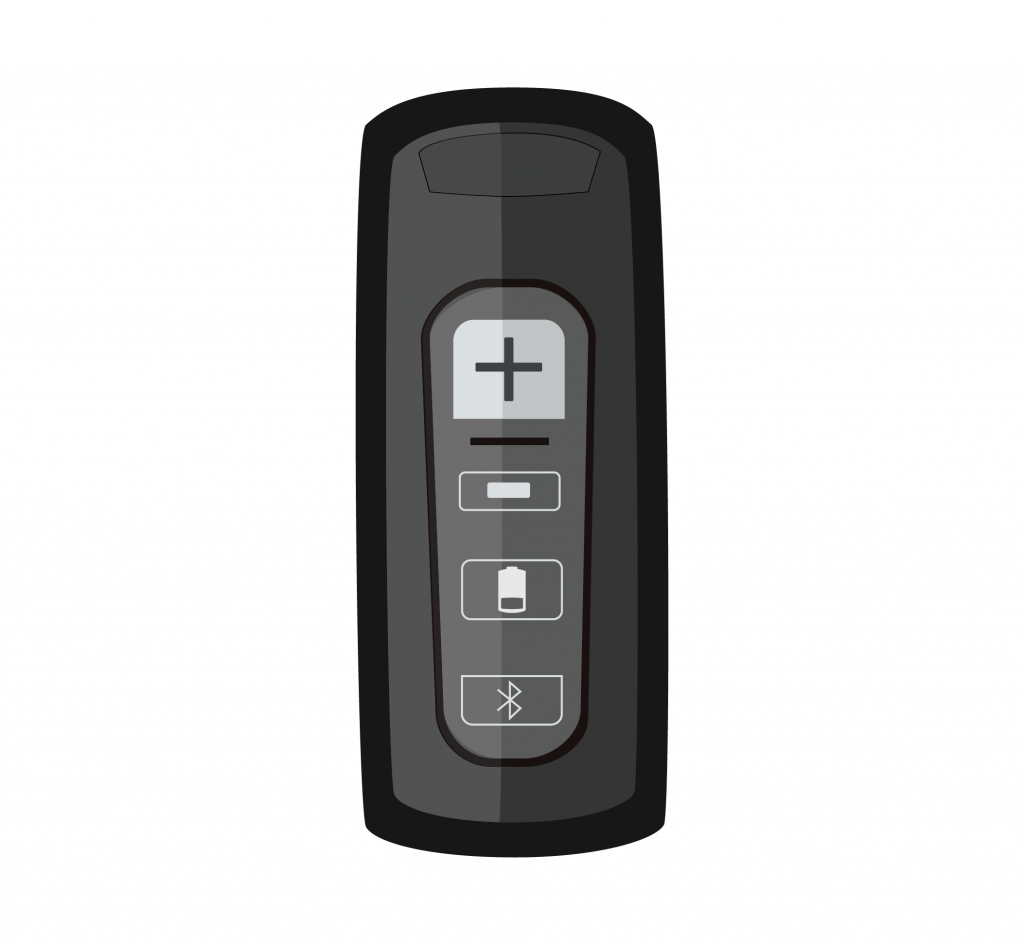
These scanners are extremely lightweight, small, and durable. Plus, they are easy to carry around because of their small size. Although many scanners have Bluetooth capabilities, companion scanners rely on Bluetooth to transmit data to their paired device. These paired device usually use wifi to store data.
Some Bluetooth scanners can work as an offline data collection device, transmitting it when the scanner is connects. This solution may work for you if you need to collect data offline and online.
A major advantage for the companion scanner is its price, which is comparable to the Sled scanner, ranging from $200-800. This scanner is an inexpensive real-time solution with mobile access.
The main disadvantage of this scanner is that it needs a companion device. This may be cumbersome for your employees if they are pairing with larger devices such as a laptop. Another disadvantage is that the scanners do not have screens, meaning you must carry both devices. We recommend pairing the companion scanner with a tablet device so it’s easy for employees.
Corded Barcode Scanners
Wired Barcode Scanners connect and transmit data directly to the laptop or computer installed with your inventory system. They usually come in the form of a handheld barcode scanner, but can come in other various styles and sizes. Other styles are presentation style scanners for hands-free scanning, and fixed position scanners that don’t need human interaction. Corded scanners are not very portable, as they need to be plugged in to operate.
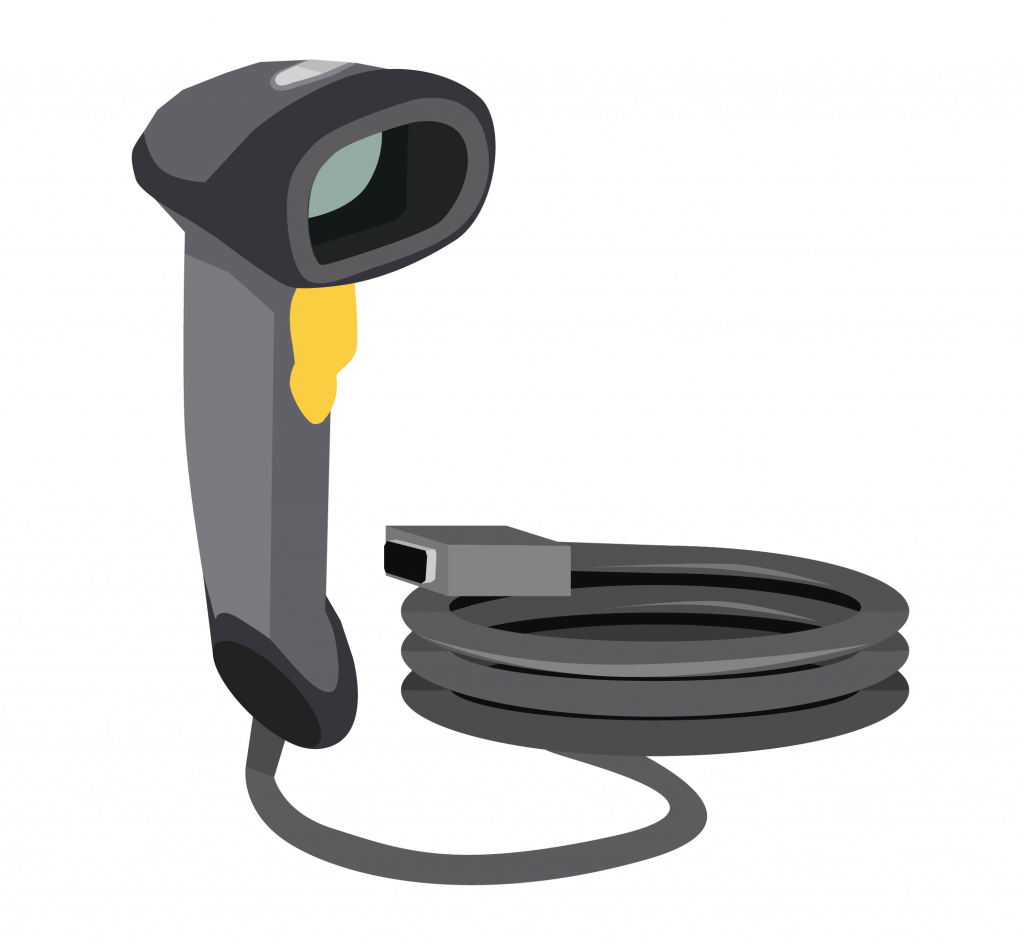
The major benefit of this option is that it is the least expensive barcode scanner on this list. Corded scanners can be purchased for as low as $100. They are a great option for non-mobile work environments without internet, or if you have a locally installed inventory management system. Depending on the corded scanner you buy, they can be very durable, and withstand tough conditions. In addition, corded scanners are very powerful and reliable.
However, these scanners do not have screens to view as items scan. Corded scanners can only push data to the system, but it is connected to the computer if changes need to be made. They are not mobile, which can be difficult for scanning in a warehouse or if there’s a need to travel to scan items. Corded scanners are built for indoor use, and are not intended for outdoor use.
Offline Data Collection Scanner
Offline Data Collection Scanners, or Memory Scanners, collect and store data in batches on their internal memory. Then, they transmit the data to your inventory system once placed on its docking station. Some barcode scanners, like companion scanners, can collect data offline. A common scanner offline style is the wireless handheld scanner.
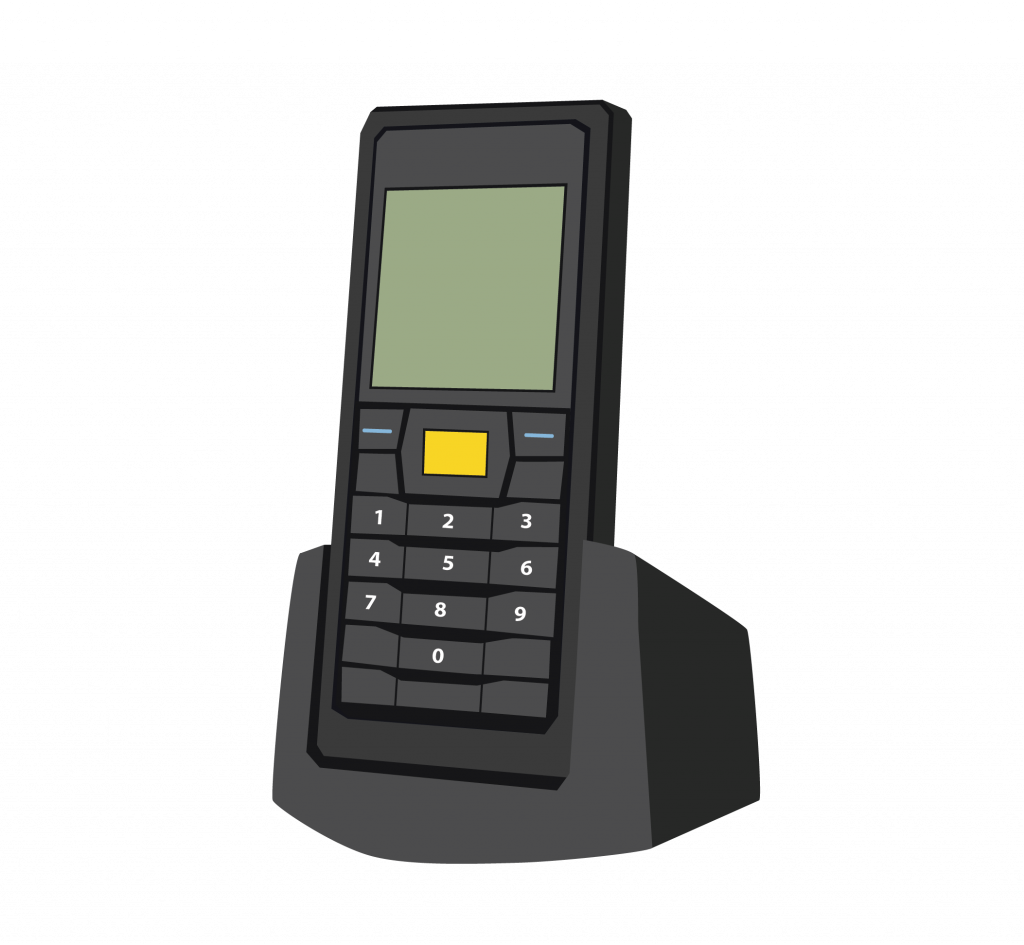
Much like corded scanners, these are often used in work environments where there is no internet connection. Offline data collection can be found in various styles, shapes, sizes, durability, and weather conditions.
Starting at around $500 in price and, depending on the scanner’s functionality it can be upwards of $750. Offline data collection scanners have moderately pricing, and are highly portable.
The main disadvantage is that the scanner usually does not have access to a wireless connection. As a result, you cannot collect data in real-time. This means your inventory data will not be up to date, and will not be accurate to your current levels. In addition, offline data collection devices can only push info to your inventory system and cannot pull. The barcode scanner is not connected to another device, operating independently. Therefore, employees will not be able to look up items in the system, or make any changes to inputs until they dock the scanner.
Our Favorite Barcode Scanners
This is the second blog post in our Barcode Scanner Buying Guide series. The next post in this series will look at the difference between 2D and 1D barcodes.
Check out the other posts in this blog series:


